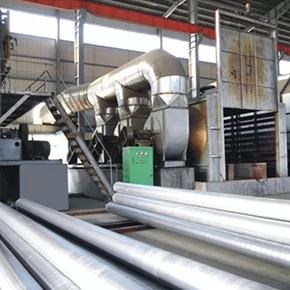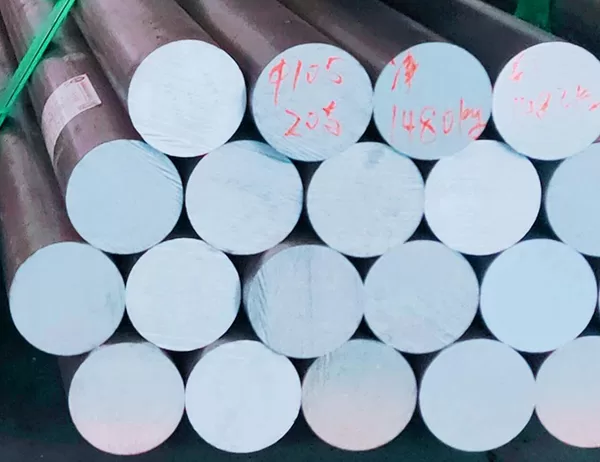When designing electronic systems, heat dissipation is a critical factor to consider. Excessive heat can lead to component failure, reduced performance, and even safety hazards. Aluminum heat sinks are a common and effective way to dissipate heat from electronic components, but choosing the right one for your system can seem like a daunting task. This article will provide you with a comprehensive guide to help you choose the right aluminum heat sink for your application.
Power Dissipation: The first and most important factor to consider is the power dissipation of the component you need to cool. This will determine the size and capacity of the heat sink you require.
Mounting Method: Heat sinks can be mounted in various ways, including screw-on, clip-on, and adhesive-mounted. Choose a mounting method that is compatible with your application and component layout.
Form Factor: The form factor of the heat sink refers to its shape and size. Consider the available space in your system and the orientation of the component you need to cool.
Thermal Resistance: Thermal resistance is a measure of how effectively a heat sink can transfer heat away from the component. Choose a heat sink with a low thermal resistance to ensure better cooling performance.
Fin Density: The fin density of a heat sink refers to the number of fins per unit length. Heat sinks with higher fin density are more effective at dissipating heat, but they also increase airflow resistance.
Material: Aluminum is the most common material used for heat sinks due to its high thermal conductivity, low cost, and lightweight. However, other materials such as copper and graphite can provide better thermal performance.
Cost: The cost of the heat sink is also an important factor to consider. Choose a heat sink that fits within your budget and meets the performance requirements of your system.
1. Determine the power dissipation of the component you need to cool.
2. Select a heat sink with a capacity greater than or equal to the power dissipation.
3. Choose a mounting method that is compatible with your application.
4. Determine the available space in your system and select a heat sink with a suitable form factor.
5. Compare the thermal resistance of different heat sinks and choose one with the lowest resistance for the best cooling performance.
6. Consider the fin density and airflow resistance of the heat sink to ensure optimal thermal performance.
7. Select a heat sink that is made from a material that meets your performance and cost requirements.
Choosing the right aluminum heat sink for your system is crucial for ensuring the proper functioning of your electronic components. By considering the factors discussed in this article and following the heat sink selection process, you can select a heat sink that meets the specific requirements of your application and provides optimal thermal performance. Remember, a properly selected heat sink will help extend the lifespan of your components and improve the overall reliability and performance of your system.




